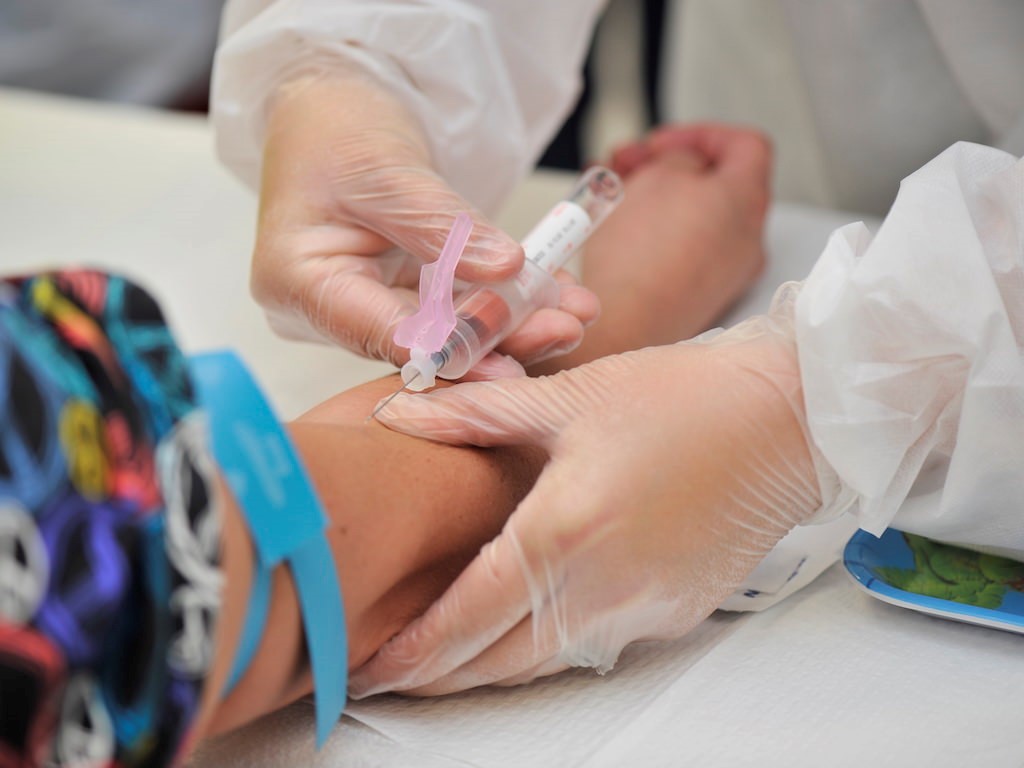Complete Your Career: Essential Phlebotomy Training with NHS Standards
Are you passionate about healthcare and looking to specialize in a critical area that combines patient care with technical skill? Phlebotomy is a fantastic entry point into teh medical field, focusing on blood collection, lab testing, and patient interaction. To excel and stand out in this profession, complete phlebotomy training aligned with NHS standards is essential. This guide will walk you through everything you need to know about completing your phlebotomy training, understanding NHS benchmarks, and launching your successful healthcare career.
Why choose Phlebotomy as Your Healthcare Career Path?
Phlebotomy is a vital role within the healthcare system, ensuring accurate blood sample collection for diagnostics, research, and patient monitoring. It offers a rewarding career with opportunities for advancement, job stability, and the chance to make a real difference in patients’ lives. With increasing demand for qualified phlebotomists, acquiring the right training is more crucial than ever.
understanding NHS Standards for Phlebotomy Training
National health Service (NHS) standards set the benchmark for quality, safety, and professionalism in healthcare training across the UK. for aspiring phlebotomists, adhering to NHS standards ensures you receive relevant, comprehensive training that meets statutory and regulatory requirements. Key aspects include:
- Certified Curriculum: Training aligned with NHS protocols and clinical guidelines.
- Compliance & safety: Emphasis on infection control, patient safety, and confidentiality.
- Practical Experiance: Hands-on training in real healthcare environments.
- Qualified Instructors: Training delivered by accredited healthcare professionals.
Essential Components of Phlebotomy training with NHS Standards
To successfully complete your phlebotomy training, you must master various knowledge areas and practical skills. Here’s what a comprehensive program includes:
Foundational Knowledge
- Understanding blood and its components
- Patient identification and communication skills
- infection control and health & safety regulations
- Legal and ethical considerations in phlebotomy
Practical Skills Development
- Venipuncture techniques for adults and children
- Capillary sampling methods
- Handling and processing blood samples
- Managing difficult or anxious patients
- Disposal of sharps and biohazardous waste
Assessment & Certification
- Written assessments to test knowledge
- Practical evaluations demonstrating proficiency
- Certification aligned with NHS standards and recognized across the UK
Steps to Complete Your Phlebotomy Training Successfully
1. Enroll in an Accredited Course
Look for certified training providers with NHS-approved curricula. Ensure the course offers a combination of classroom learning and practical placements. Popular options include vocational colleges, private healthcare training centers, and NHS training programs.
2.Gain Practical Experience
Hands-on practice under professional supervision is essential to build confidence and competence. Seek opportunities for internships or volunteering in hospital labs, clinics, or community health settings.
3. Pass Assessments and Obtain Certification
Proceed through evaluations,demonstrating mastery of skills and theoretical understanding.A recognized NHS-compliant certification validates your qualification and improves employability.
4. Maintain Continuing Professional Development (CPD)
Stay updated with the latest NHS protocols, participate in refresher courses, and enhance your skills regularly. This commitment ensures ongoing compliance and professional growth.
Benefits of NHS-Standard Phlebotomy Training
- High-Quality Education: Access to NHS-endorsed syllabus and experienced trainers.
- Enhanced Employability: Certification recognized across the UK healthcare system.
- Improved Patient Safety: Emphasis on reducing errors and ensuring patient care excellence.
- Career Advancement: Opportunities to progress into specialist or supervisory roles within the NHS.
Practical Tips for Aspiring Phlebotomists
- prioritize Infection Control: Always follow NHS infection prevention protocols.
- Develop Good Communication Skills: Build rapport with patients to ease anxiety and ensure cooperation.
- Practice Proper Technique: Regularly rehearse venipuncture and sample handling.
- Stay Certified and Informed: keep your qualifications up to date with NHS guidelines and CPD.
- Network within the NHS: Attend healthcare seminars and connect with professionals to learn about career opportunities.
Case Study: From Trainee to NHS Phlebotomist
| Stage | Experience | Outcome |
|---|---|---|
| Initial Training | Enrolled in NHS-approved course with practical placement at a local hospital. | Developed fundamental skills and gained confidence in venipuncture techniques. |
| Assessment | Passed written exam and practical evaluation under NHS standards. | received NHS-endorsed certification. |
| Employment | Hired as a phlebotomist within NHS trusts. | Continuing professional development and career growth within NHS roles. |
Conclusion
Embarking on a career in phlebotomy with NHS standards is a strategic choice for those seeking stability, skill development, and meaningful patient impact. completing comprehensive,NHS-aligned blood collection training ensures you meet the high-quality benchmarks demanded in modern healthcare. Remember, success in this field combines technical proficiency, compassionate communication, and ongoing professional development. by following the outlined steps, understanding the importance of NHS standards, and committing to continuous enhancement, you can confidently complete your career in phlebotomy and make a lasting difference in patient care.
Start your journey today-your future as a qualified NHS phlebotomist awaits!
